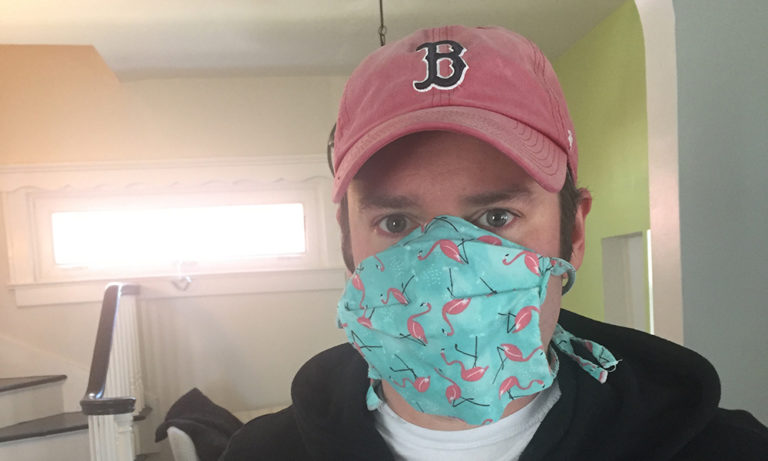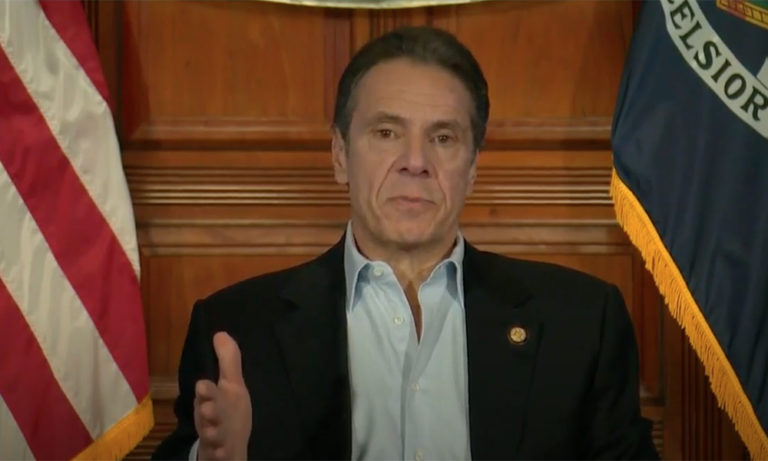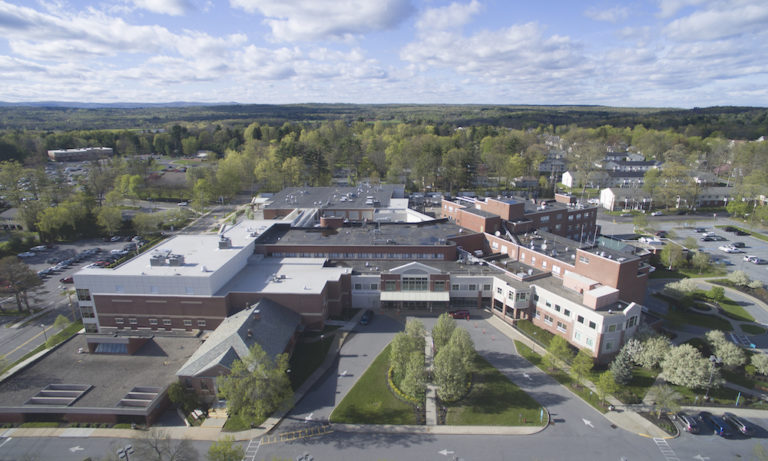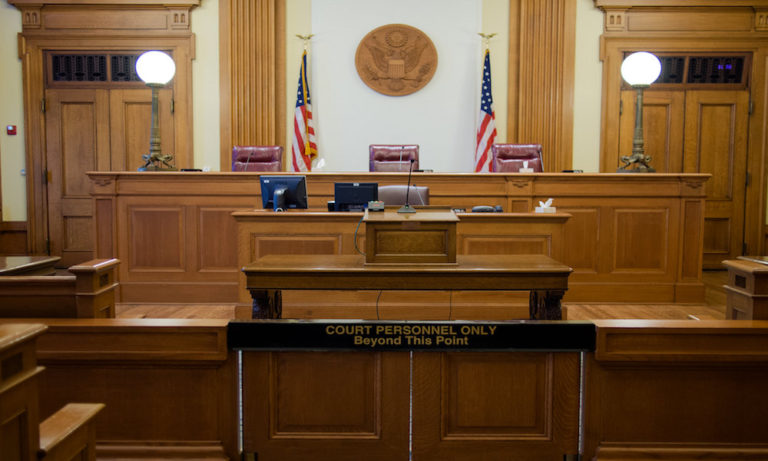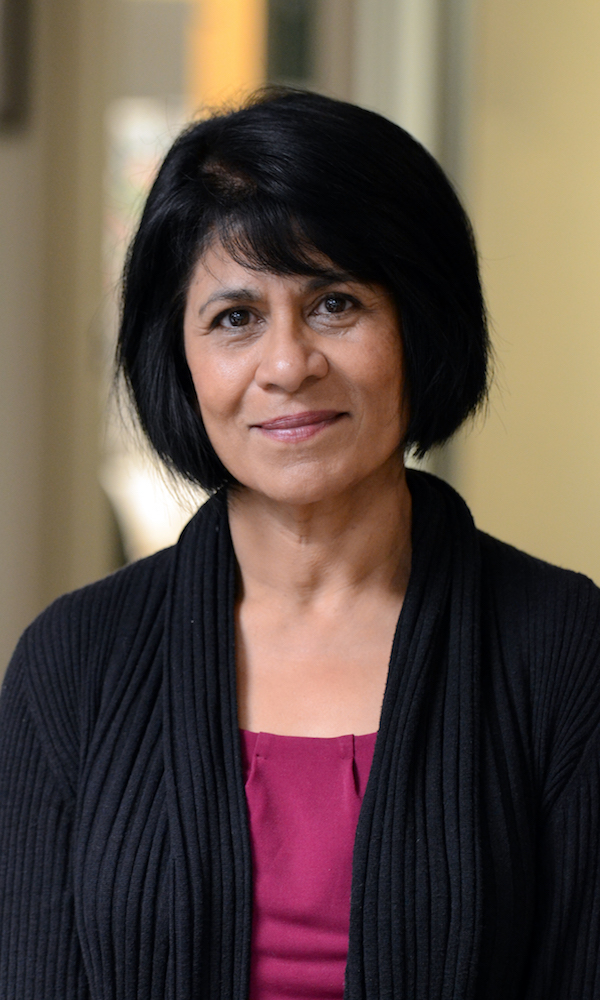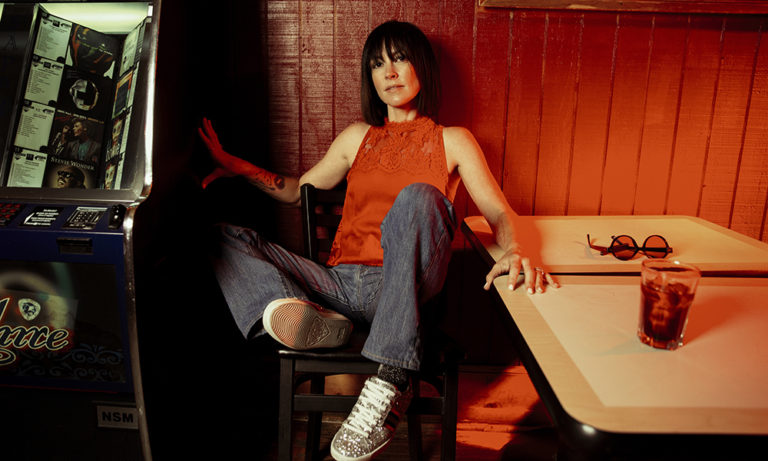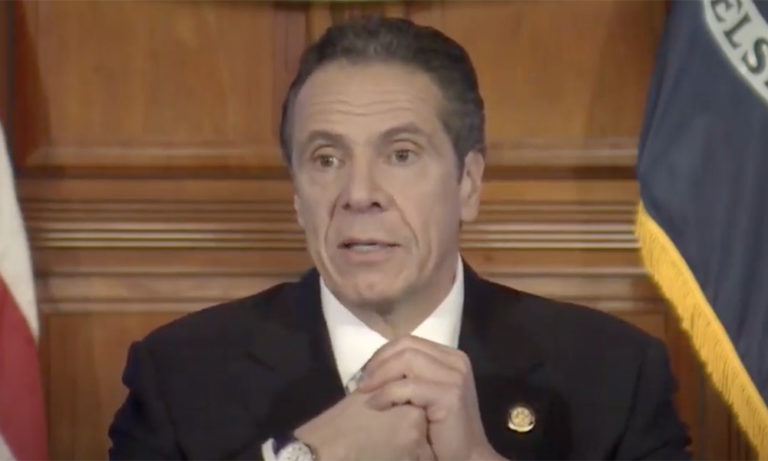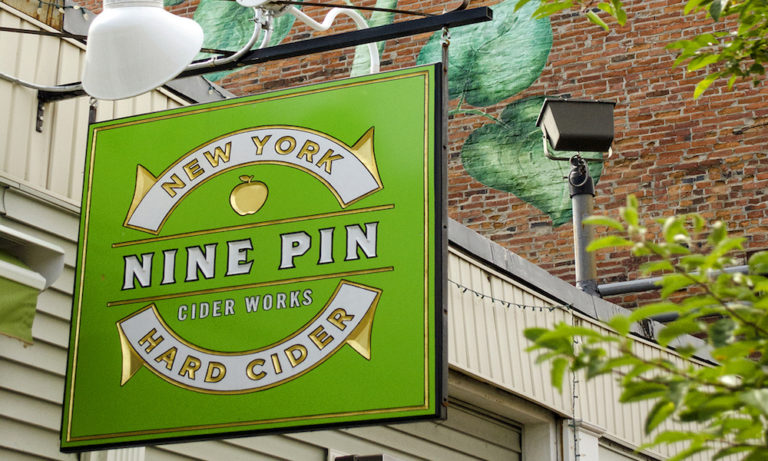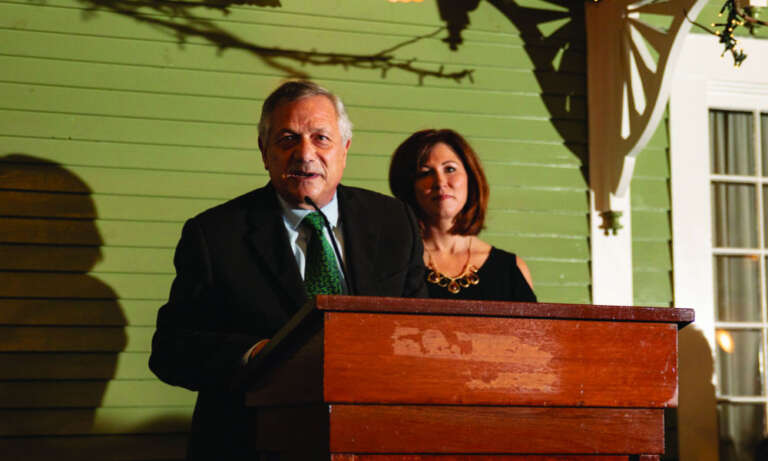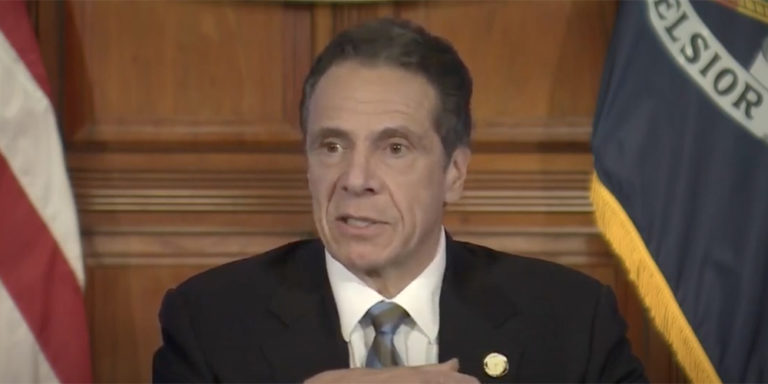I’m going to start off by saying that I almost didn’t write this story, because I wasn’t sure whether it was relevant or not—or that it even mattered. It’s not lost on me that there are thousands of healthcare workers, clean room technicians, construction workers and others who wear Personal Protective Equipment (PPE) on a daily basis in the Capital Region, and they never think twice about what the act of wearing it means. It’s the equivalent to me choosing between the white-with-blue-pinstripes button down or the salmon-colored one in my closet. It’s an article of clothing.
But ever since New York Governor Andrew Cuomo announced that he’d signed an executive order making it mandatory for all New Yorkers to wear face masks in public, when not social distancing—and let’s be honest: There aren’t that many instances when you’re traipsing around a downtown area, supermarket, state park or in many tightly clustered residential neighborhoods in which you don’t see another living soul—and that executive order went into effect on Friday, April 17, at 8pm, I’ve been bellyaching about what that truly meant.
I think a lot of Upstate New Yorkers really despise when the governor orders them, private citizens, what to do. Because, really, in their minds (and I’m just guessing as to what people are thinking) it’s a “downstate vs. upstate” problem, and Cuomo’s really just dictating to the entire state to make us all feel like a unified whole, when in fact, the all-face-masks-all-the-time order was really put in place for all the densely clustered populations living in New York City (or stuck there, if you’re the type of person who has come down hard on those New Yorkers who decided to leave the city and camp out at their second home, with family upstate or in some other state entirely). And those Capital Regionites might be onto something, at least on paper: Of the more than 700,000 COVID-19 cases in the US right now, 240,000 of them are in New York State, and more than 125,000 of those cases are isolated inside the Big Apple. Of the total deaths we’ve seen in the state—a ghastly 17,000-plus so far—more than half of them have taken place down in the city, too. By means of comparison, there have been just over 250 cases of COVID-19 confirmed in Saratoga County to date, a tiny number comparatively. The feeling among some, then, at least in their minds, is justified: We’ve had choice few COVID-19 cases, comparatively, so why do we need to comply with some silly, New York City–directed order? Bah!
As I’m sure you’ve gathered by now, I’m not the type that just hears, reports the news and sits around idle, waiting for the next shoe to drop. I actually got kind of anxious after reporting that story about Cuomo’s executive order. My wife had followed the Centers for Disease Control (CDC) directions for how to make a homestyle face mask, and handed me one last weekend (it was made out of one of my old gym shirts; don’t worry, it had been thoroughly washed and disinfected). I’d donned it and immediately felt it was somehow insufficient. She’d made sure to emphasize that by wearing the homemade mask, it wasn’t really protecting me from possible COVID-19 exposure, but rather protecting others from me infecting them. That had come as a shock to me—and I immediately felt that that was probably a common misconception, one that not only I had had, but also one many others had had in the moment, too. But it didn’t make the statement cut any less deep; the assumption is—in the most Agatha Christie of terms—that everybody’s a suspect! We’re all infected until a doctor says we aren’t! And just yesterday, CNN reported that people who had recovered from COVID-19 were getting retested and testing positive! So, whom can you really trust! (Confession: I hate using exclamation points; I’m merely using them here to represent my heightened anxiety level in the situation.)
The same day as the Cuomo Face Mask’s For All press conference, I reached out to my friend’s wife, Kate, who owns Cohoes-based A Path Home, which, up until recently, had been making hand-sewn baby snugglers, pacifier holders, burp cloths and bibs (she’d also expanded beyond that to items for adults such as Christmas stockings and makeup-remover cloths). I’d noticed, though, within the last few weeks, Kate had pivoted almost completely to cloth face masks and had been sending many of them, free of charge, to her friends working in the healthcare industry. She was also selling them as part of her artisanal repertoire to people who didn’t have access to free PPE. I knew that she knew what she was doing (no offense, honey or CDC). I messaged her on Facebook, asked my wife what material she wanted her mask to be—she got psychedelic rainbow pineapples; I got pink flamingos against a sky-blue background—and ordered the two masks for $7 a pop. Mind you, Kate had told me that she’d been “chipping away” at 100 orders (!) and that she’d add me to her list. Come Friday, I was filled warmth, when she messaged me again and said our masks would be ready by Saturday morning. (Full disclosure: Kate’s husband, Jesse, is in my band Turnover Mule, so I guess that pushed me up in the order of priority.) I excitedly scheduled a time to drive to their house and pick up the masks, and Kate told me that they’d be pre-washed and in a bag at their side door waiting for me when I arrived.
When I got to my friends’ house, I was rocking a hastily-made, last-minute, non-CDC-OKed mask that I’d fashioned out of a Pittsburgh Steelers “Terrible Towel” and a paper clip. Let me explain: My wife, who had decided Friday evening to go do another big shop at the local supermarket (we’d held out for a month since the last time), had gone to the local Price Chopper/Market 32 and worn my face mask to the market, so when she came back, it was rendered “contaminated.” And earlier in the week, she’d worn hers to go to the Honest Weight Co-op to pick up more supplies. So, neither of our CDC-ready masks were available. I had to pull an audible, and not a great one, at that. I showed up at Kate and Jesse’s, grabbed the bag out of the side-door and peered inside my friends’ house, hoping that they’d be around, so we could have a short conversation from a safe, six-foot distance, and maybe, I could catch a glimpse of their brand-new puppy, Jasper. My friends soon appeared at the door, and I stood there clutching my makeshift mask over my face, the bag with Kate’s legit masks in my other hand, and we talked while I stood in their driveway, them, standing behind their door. I felt like a total asshole, holding that Terrible Towel to my face, as if to say, “Stay away! I might have the plague!”
I drove home, brought the bag in, washed my hands, and my wife immediately put the masks into the wash. Since these days, there isn’t much to do during the day, short of exercise or work—something along the lines of George Lucas’ THX-1138 or George Orwell’s 1984—I sat back at my desk to do some work, let the wash run, put it in the dryer and then decided to take my dog out for a walk. (It had been snowing in the morning—snowing—so he needed a walk.) But what I was really doing was taking my newly cleaned face mask out for a test run. It was a little chilly out and the sun was just peeking through the clouds by late afternoon, so I put on my coat, hat, gloves, sunglasses and my new face mask. I started out down the road, and I immediately had to take off my sunglasses because of all the hot air I was blowing into the enclosed space between the mask and my face. It was fogging up my glasses. For the first mile or so, I didn’t see anybody, but then, as I was rounding the corner, a fellow, without a face mask on, walked by me on the other side of the road. He didn’t seem to notice my mask; just said hello and made mention of the brisk weather. But as he walked by, I immediately felt like I was overreacting or something; was this guy, who was out for a walk by himself, not wearing a mask, because he was sure he wouldn’t see another living soul? Or was he raging against the machine? And was he silently judging me?
When I finally got home and took off the mask, it was drenched in sweat, and I had to admit to my wife that it wasn’t all that breathable. And I guess it’s not supposed to be, right? It’s supposed to trap your spit and phlegm and, as my ninth-grade English teacher would’ve gleefully joked, my “great expectorations” (yes, it’s both the best and worst Charles Dickens joke of all time). I realized that this was the “new normal.” Things were only going to get more isolated and uncomfortable before they eased up. In that moment, I realized it would probably be a lifetime before I set foot in an office again for an extended period of time. I would likely be stuck in this home office for a lot longer than I’d originally expected. And this mask would, for a long time coming, be the difference between a happy, healthy writer/editor/husband and a potentially dead one.

